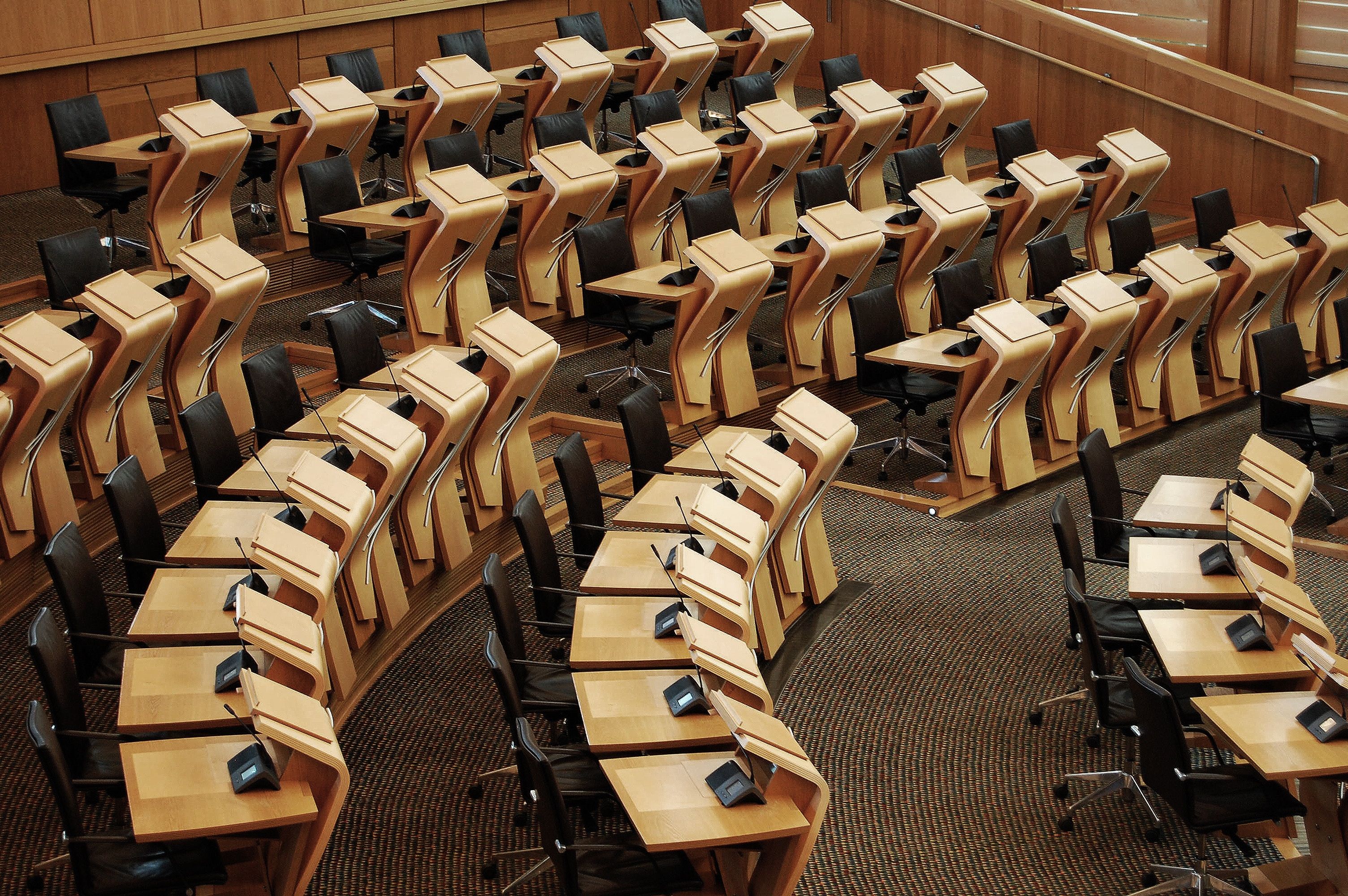Maximise carbon benefits of protected areas
Ensure that protected areas include strong carbon goals in their objectives including prohibiting damaging activities.
Highly-Protected Marine Areas (HPMAs) are included in the Bute House Agreement but, following a consultation, the Scottish Government has put them on hold.304
It is important that Scottish HPMAs or their equivalent meet the IUCN “fully protected” definition,305 where no extractive or destructive activities are allowed, and all abatable impacts are minimised to best protect biodiversity and blue carbon. Scottish HPMAs must, therefore, provide a higher level of protection than other types of MPA, allowing these marine areas to recover to as natural a state as possible.
HPMAs must ensure that nature (and blue carbon) is allowed to recover. This means that HMPA management plans (and the regulations that implement them) need to be robust in the control of activities such as the development/operation of energy infrastructure, shipping, fishing, etc. HMPAs could be a useful tool in delivering the wind down of oil and gas, the well-planned delivery of marine renewables, and a more sustainable fishing sector.
Many current MPAs have little or no protection in practice and this also needs to change.
For protected areas and networks to have climate benefits, they must:
- ensure that habitats and species which are capable of sequestering carbon are not further reduced in extent. This is especially important in relation to biological blue carbon habitats given the historic decline in many of these habitats. Many are already overdue protection (either within MPAs or under the Priority Marine Features review commitment and duties). HPMAs must add something additional to those processes. For example, they could include a wider array of blue carbon habitats than is already incorporated into those processes
- create the conditions which enable a significant increase in the extent and sequestering ability of those habitats – this is necessary to meet the Bute House Agreement commitment to “recovery”
- contribute to the recovery of fish populations by protecting and increasing the number of areas which are functioning as spawning and juvenile fish grounds – thus increasing recruitment into fish populations. This will also create a greater abundance of low carbon seafood
- prevent the release of blue carbon from sediments and other blue carbon stores – this will include organic carbon stores for which the greatest concentration of carbon appears to be in muddy sea loch and seafloor sediments, kelp forests, maerl beds and saltmarsh
Applying the approaches outlined above to the selection and management of protected areas will protect important areas of blue carbon. This approach also provides a “win-win” as the recovery of these habitats will be beneficial for the Scottish Government’s objectives for nature and climate change.
This policy would need some co-operation with the UK Government, especially beyond 12 nautical miles.
For further information:
Response to Consultation on Scottish Highly Protected Marine Areas (HPMAs), SCCS, 2023, https://www.stopclimatechaos.scot/wp-content/uploads/2023/04/SCCS-response-to-consultation-on-HPMAs.pdf
Why are Highly Protected Marine Areas so controversial?, BBC, June 2023, https://www.bbc.co.uk/news/uk-scotland-65456173
The Graphic Guide to Marine Protected Areas, The MPA Guide, undated, https://wdpa.s3.eu-west-1.amazonaws.com/MPA_guide/ TheGraphicGuidetoMPAs_foronlineviewing_lowRes.pdf

